
Filter News
Area of Research
- (-) Energy Science (79)
- (-) National Security (14)
- Advanced Manufacturing (1)
- Biology and Environment (26)
- Computational Biology (1)
- Computational Engineering (2)
- Computer Science (3)
- Fusion and Fission (17)
- Fusion Energy (9)
- Isotopes (6)
- Materials (45)
- Materials for Computing (10)
- Neutron Science (71)
- Nuclear Science and Technology (8)
- Sensors and Controls (1)
- Supercomputing (29)
- Transportation Systems (2)
News Type
News Topics
- (-) Big Data (5)
- (-) Biomedical (5)
- (-) Coronavirus (11)
- (-) Fusion (2)
- (-) Neutron Science (10)
- (-) Security (11)
- (-) Transportation (55)
- 3-D Printing/Advanced Manufacturing (64)
- Advanced Reactors (4)
- Artificial Intelligence (12)
- Bioenergy (19)
- Biology (9)
- Biotechnology (3)
- Buildings (27)
- Chemical Sciences (11)
- Clean Water (6)
- Composites (14)
- Computer Science (29)
- Critical Materials (9)
- Cybersecurity (17)
- Energy Storage (57)
- Environment (36)
- Exascale Computing (2)
- Fossil Energy (1)
- Frontier (1)
- Grid (31)
- High-Performance Computing (4)
- Hydropower (2)
- Isotopes (1)
- Machine Learning (11)
- Materials (31)
- Materials Science (22)
- Mathematics (2)
- Mercury (3)
- Microscopy (7)
- Molten Salt (1)
- Nanotechnology (6)
- National Security (23)
- Nuclear Energy (7)
- Partnerships (11)
- Physics (2)
- Polymers (10)
- Quantum Science (2)
- Simulation (2)
- Space Exploration (2)
- Statistics (1)
- Summit (4)
Media Contacts

Scientists at Oak Ridge National Laboratory have developed a solvent that results in a more environmentally friendly process to recover valuable materials from used lithium-ion batteries, supports a stable domestic supply chain for new batteries
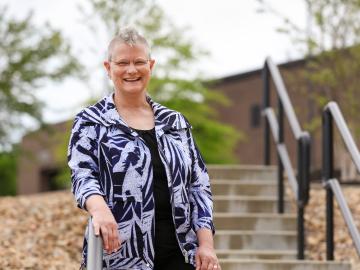
As a computer engineer at Oak Ridge National Laboratory, Gina Accawi has long been the quiet and steady force behind some of the Department of Energy’s most widely used online tools and applications.
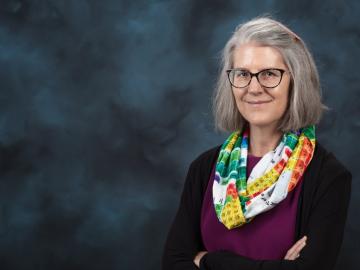
Deborah Frincke, one of the nation’s preeminent computer scientists and cybersecurity experts, serves as associate laboratory director of ORNL’s National Security Science Directorate. Credit: Carlos Jones/ORNL, U.S. Dept. of Energy
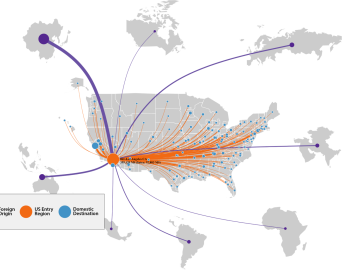
A newly released dataset that tracks the movement of everything from food to gasoline across the United States by air, water, truck, rail and pipeline showed the value and tonnage of those goods rose significantly between 2012 and 2017.
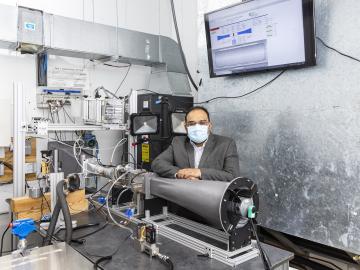
When Kashif Nawaz looks at a satellite map of the U.S., he sees millions of buildings that could hold a potential solution for the capture of carbon dioxide, a plentiful gas that can be harmful when excessive amounts are released into the atmosphere, raising the Earth’s temperature.
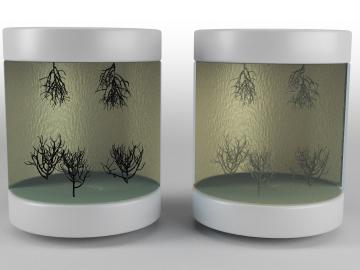
Scientists at Oak Ridge National Laboratory successfully demonstrated a technique to heal dendrites that formed in a solid electrolyte, resolving an issue that can hamper the performance of high energy-density, solid-state batteries.
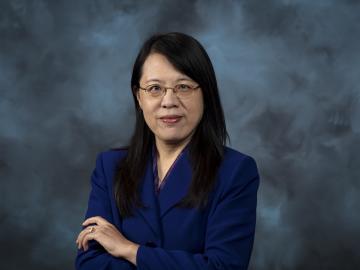
Xin Sun has been selected as the associate laboratory director for the Energy Science and Technology Directorate, or ESTD, at the Department of Energy’s Oak Ridge National Laboratory.
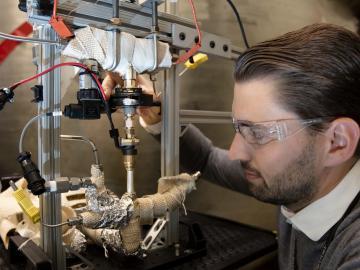
For a researcher who started out in mechanical engineering with a focus on engine combustion, Martin Wissink has learned a lot about neutrons on the job

Three technologies developed by ORNL researchers have won National Technology Transfer Awards from the Federal Laboratory Consortium. One of the awards went to a team that adapted melt-blowing capabilities at DOE’s Carbon Fiber Technology Facility to enable the production of filter material for N95 masks in the fight against COVID-19.
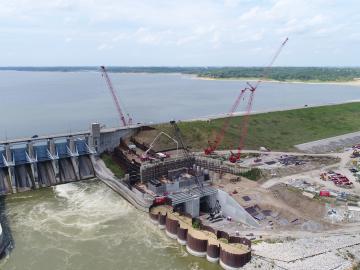
A new Department of Energy report produced by Oak Ridge National Laboratory details national and international trends in hydropower, including the role waterpower plays in enhancing the flexibility and resilience of the power grid.


